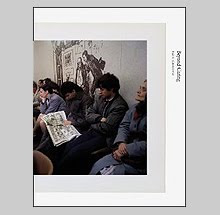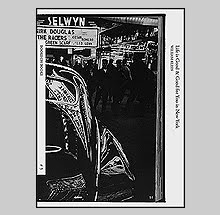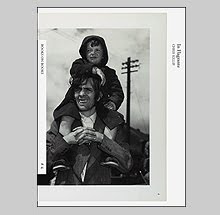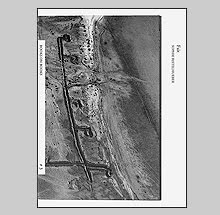Three books on Saul Leiter
Making art does not always seem suited for people who wish to be left alone. A majority of artists produce work that they wish to be seen at some point usually, hopefully, while they are still alive. It seems to be the case today that -- hiding closely behind the impetus of having something to say and creating the work that says it, is also, for some, a need for the attention that the work may bring to soothe the ego. Saul Leiter is an artist of the rarer sort who has worked quietly for 60 years and has taken steps to avoid the spotlight.
Leiter has been a painter since the early 1940s who, after visiting the Henri Cartier Bresson exhibition at the Museum of modern Art in 1947, decided to pursue photography seriously. After exchanging a few W. Eugene Smith prints for a Leica camera, he started making black-and-white photographs around his neighborhood in
What set Leiter apart from most of his contemporaries that were mining similar territory within everyday life on the streets of
In 2006, Steidl published Saul Leiter Early Color a collection of 79 images from the late 1940s to the early 1960s. This elegant book, modest in size, has quickly become a collector's item as it rapidly sold completely out. This was a long awaited title for those of us familiar with Jane Livingston's The New York School: Photographs 1936-1963 book and exhibition which, in the early 1990s, was partly responsible for Saul's name as a photographer to reemerge into public view after decades of silence. A second exhibition one year later at the Howard Greenberg Gallery in
2007 saw the release of Photo Poche number 113 which is dedicated to an overview of Leiter's work. In keeping with the standard format of the Photo Poche series, this features a mix of 64 black-and-white and color images. Interestingly this title includes a few intimate photographs of women that hint at Leiter's personal relationships. These black-and-white photographs, often nudes, are at times shot employing the same strategy of the street photographs with oblique framing that achieves a voyeuristic tone.
Unfortunately the quality generally achieved in these little books does not lend itself to the subtlety of an artist like Leiter's tonalities. In comparison to the book mentioned above, several of these plates are over-corrected in their color balance and drain some of the character of the originals.
This year sees another collection of Leiter’s work, this time published on the occasion of an exhibition at the foundation Henri Cartier-Bresson in
I have heard that this book, like Early Color, is already selling so rapidly that it is difficult to find in certain places. According to the Steidlville website it is already SOLD OUT!
I love the idea that work of this nature is so popular but I am also somewhat distressed at the idea that these books may become collector’s items and thus less readily available in the future. That would be the ultimate irony, if the attention that Leiter avoided during his career, would now be the element which pushes his work back into obscurity.














